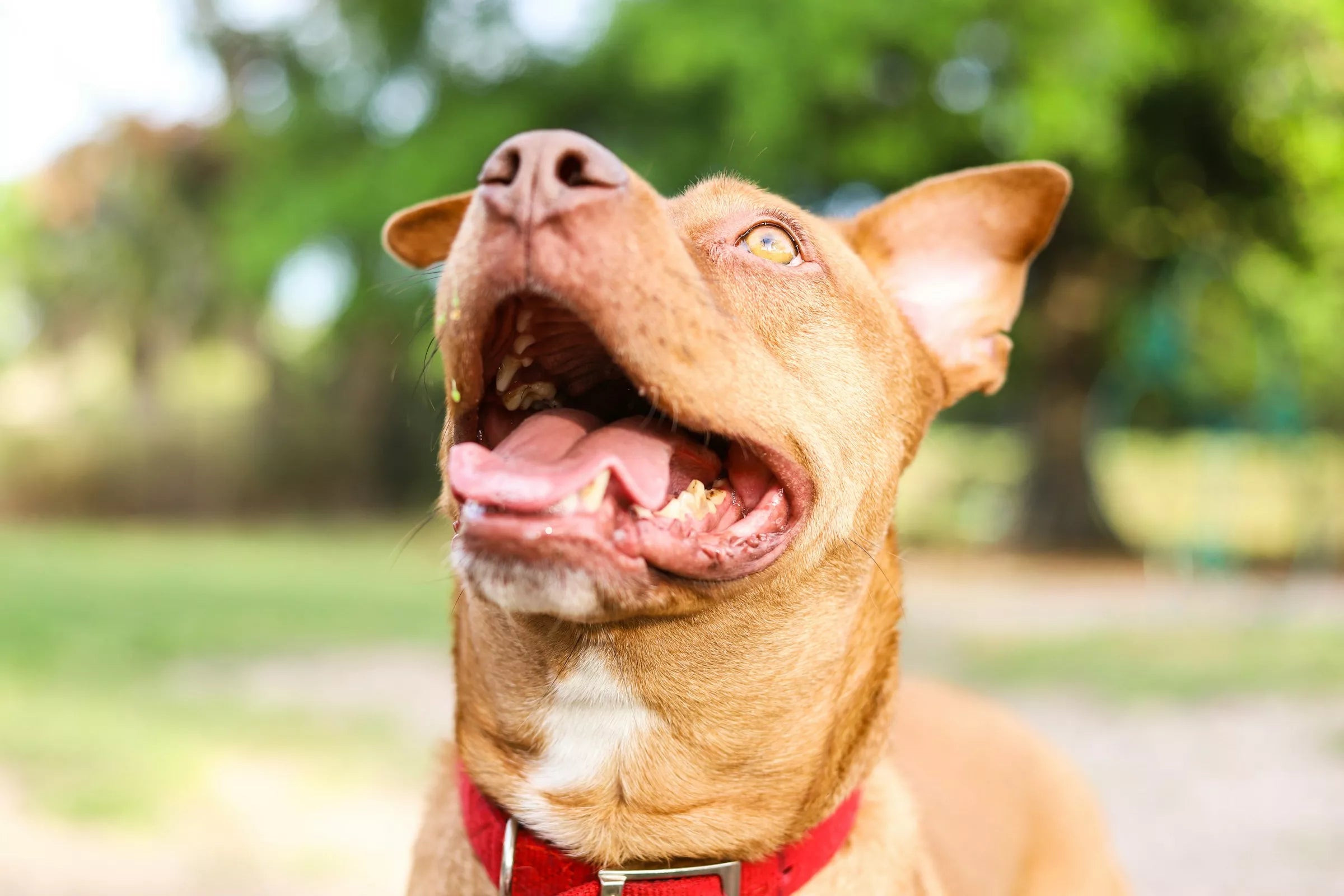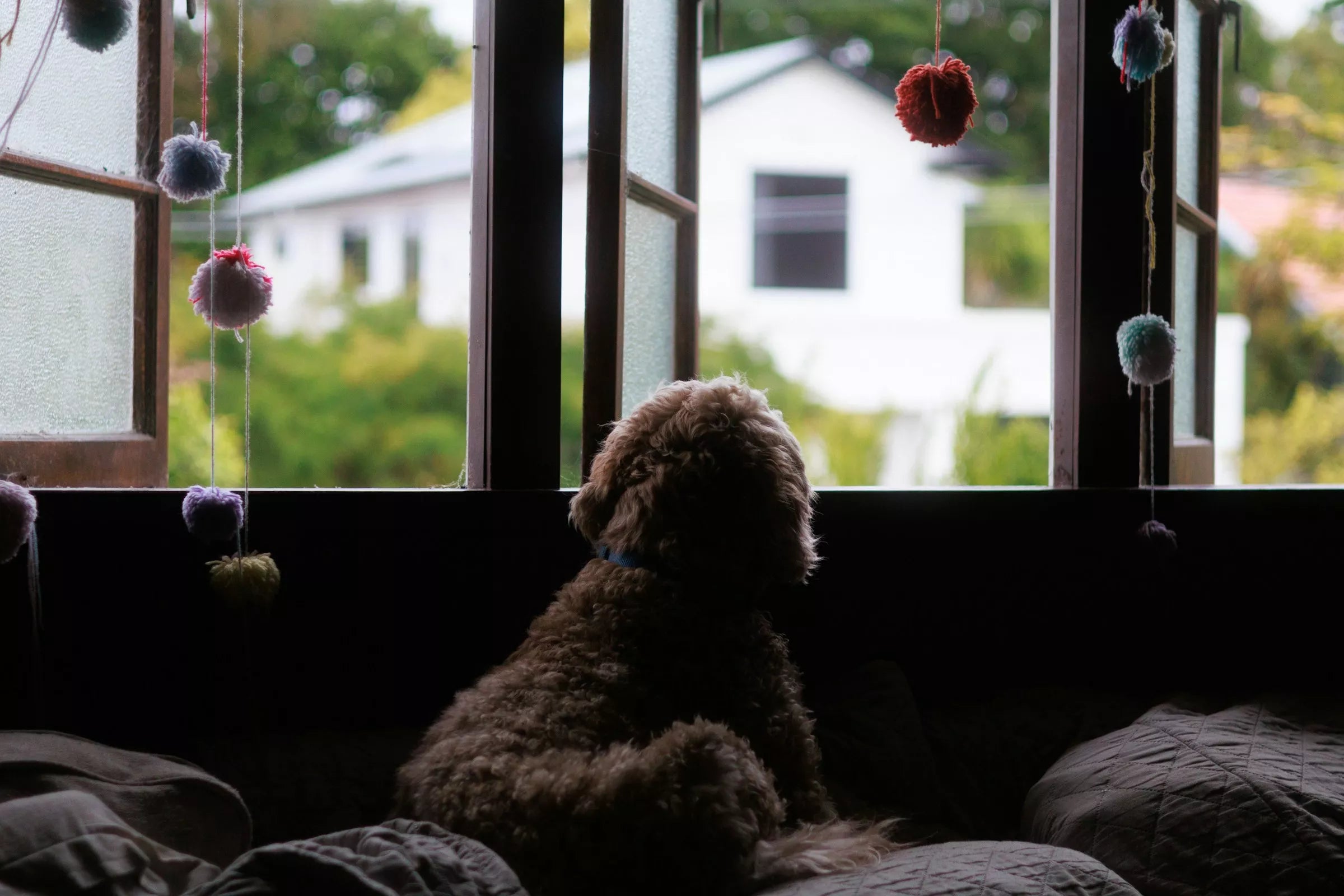Introduction
Walking your furry family member can be a fun and relaxing experience for both of you, but it can also be stressful if your dog becomes anxious or reactive during the walk. Here are seven steps to make your walks stress-free and enjoyable for both you and your canine family member.
1. Understand Your Canine Companion's Needs
Understanding your dog's needs and preferences is essential to have a stress-free walk. Some dogs may prefer a quiet and peaceful walk, while others may enjoy more active and interactive walks. Knowing your canine's personality and energy level can help you plan the best walk for them.
2. Plan Your Route
Before you head out for a walk, plan your route and be aware of your surroundings. Avoid busy and crowded areas if your dog is anxious or reactive. Look for peaceful and quiet spots where your dog can relax and enjoy the surroundings.
3. Train Basic Commands
Training your dog with basic commands like sit, stay, come, and heel can make your walks stress-free and enjoyable. These commands can help you control your dog's behaviour and keep them safe from potential hazards during the walk.
4. Use Positive Reinforcement
Using positive reinforcement techniques like praise, treats, and toys can help your dog learn new behaviours and feel more relaxed and comfortable during walks. Positive reinforcement can also strengthen your bond with your canine companion and make the walk more enjoyable for both of you.
5. Bring Treats and Toys
Bringing treats and toys on your walls can keep your dog engaged and entertained. Use treats as a reward for good behaviour or to distract your dog from potential stressors like other dogs or loud noises. Toys can provide mental and physical stimulation and make the walk more fun and interactive for your canine family member.
6. Be Aware of Your Surroundings
Being aware of your surroundings is crucial during walks. Watch out for potential hazards like traffic, uneven surfaces, or other animals. Pay attention to your dog's behaviour and body language to identify potential stressors and adjust your route or behaviour accordingly.
7. Keep a Calm and Confident Demeanour
Your canine companion can sense your emotions and body language, so it's essential to stay calm and confident during walks. If you feel stressed or anxious, your dog may pick up on those emotions and become anxious or reactive. Practise deep breathing, positive self-talk, and relaxation techniques to stay calm and confident during your walks.
Conclusion
Walking your canine companion can be a fun and rewarding experience for both of you if you follow these seven steps. Understanding your dog's needs, planning your route, training basic commands, using positive reinforcement, bringing treats and toys, being aware of your surroundings, and keeping a calm and confident demeanour can make your walks stress-free, enjoyable, and educational for both you and your furry family member.
FAQs
How often should I walk my dog?
- The frequency and duration of walks depend on your dog's age, breed, and activity level. Generally, dogs should be walked at least once a day for 30 minutes to an hour.
What should I do if my dog becomes anxious or reactive during walks?
- If your dog becomes anxious or reactive during walks, try to distract them with treats or toys, and redirect their attention to a positive activity like training or playing. If the problem persists, consult a veterinarian or a certified dog trainer for professional guidance.
How can I make my walks more educational for my dog?
- You can make your walks more educational for your dog by practising basic obedience commands, teaching them new tricks, and exposing them to different environments and experiences. You can also use walks as an opportunity to socialise with your dog with other dogs and people.
Should I use a leash or a harness for my dog during walks?
- It's essential to use a leash or a harness to keep your dog safe and under control during walks. A leash can provide more control and prevent your dog from running away, while a harness can be more comfortable and reduce the risk of injury or choking.
What should I do if my dog pulls on the leash during walks?
- If your dog pulls on the leash during walks, try to stop and wait until they calm down before resuming the walk. Use positive reinforcement techniques like treats and praise to reward good behaviour and discourage pulling. You can also use a no-pull harness or a front-clip harness to reduce pulling.















Share:
13 Things We Do That Confuse Our Dogs
Why Were Dogs Domesticated?